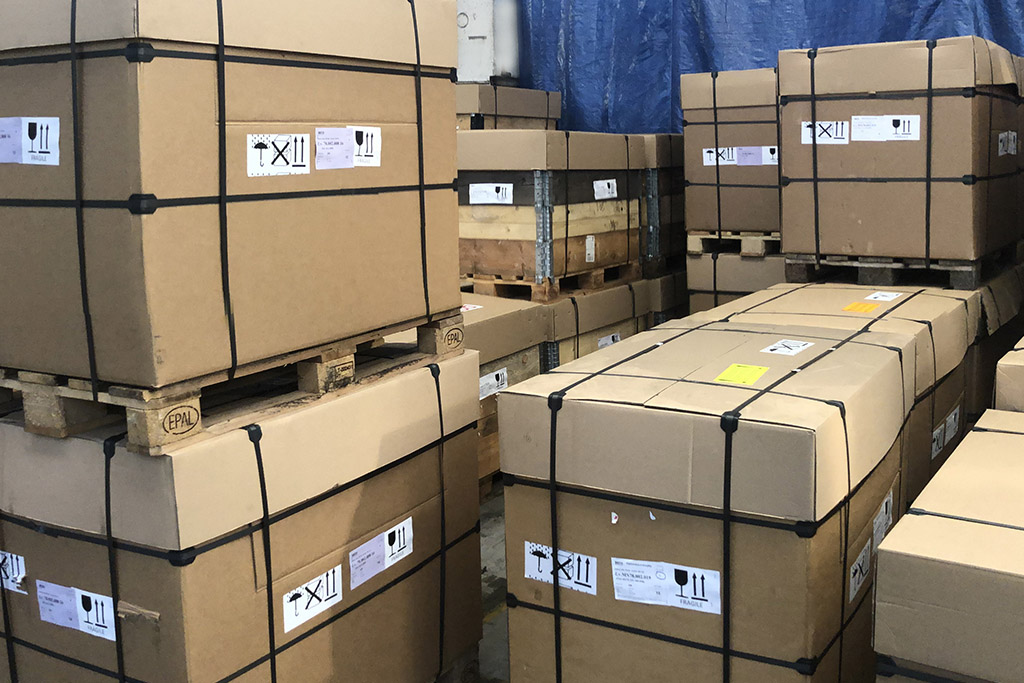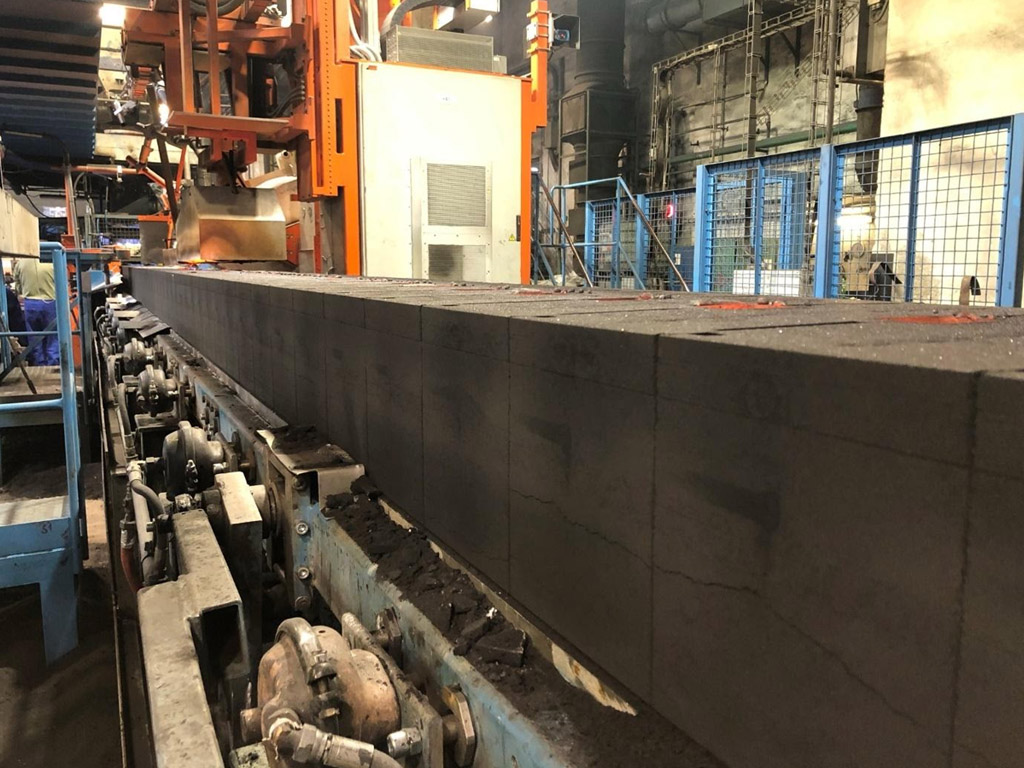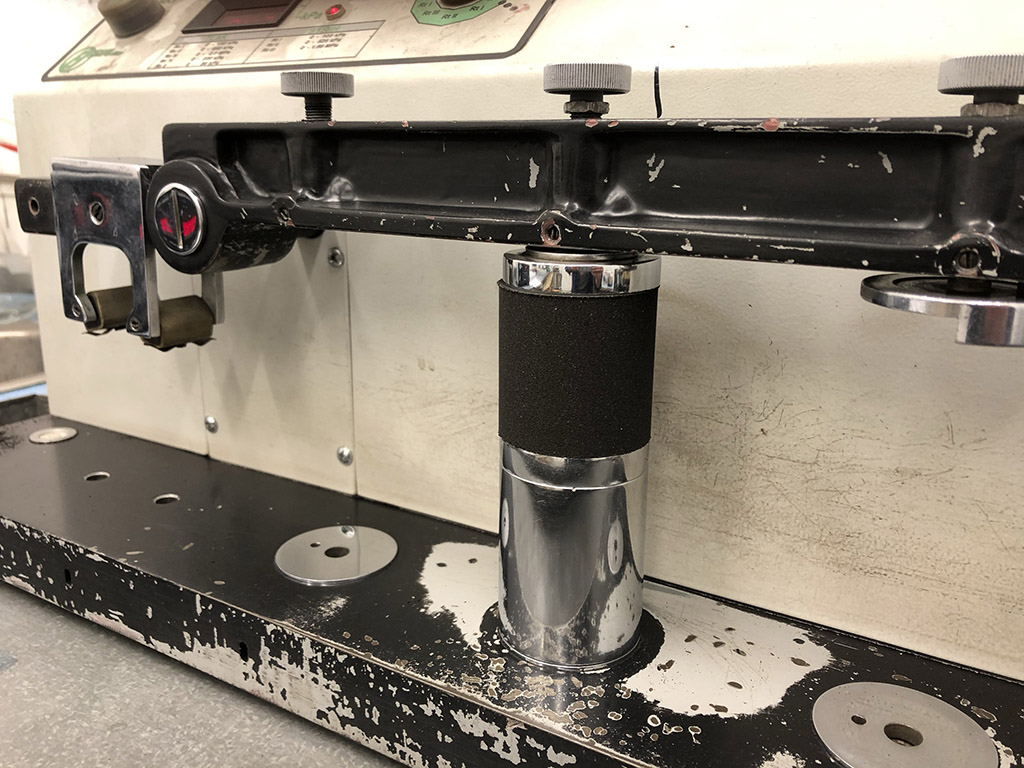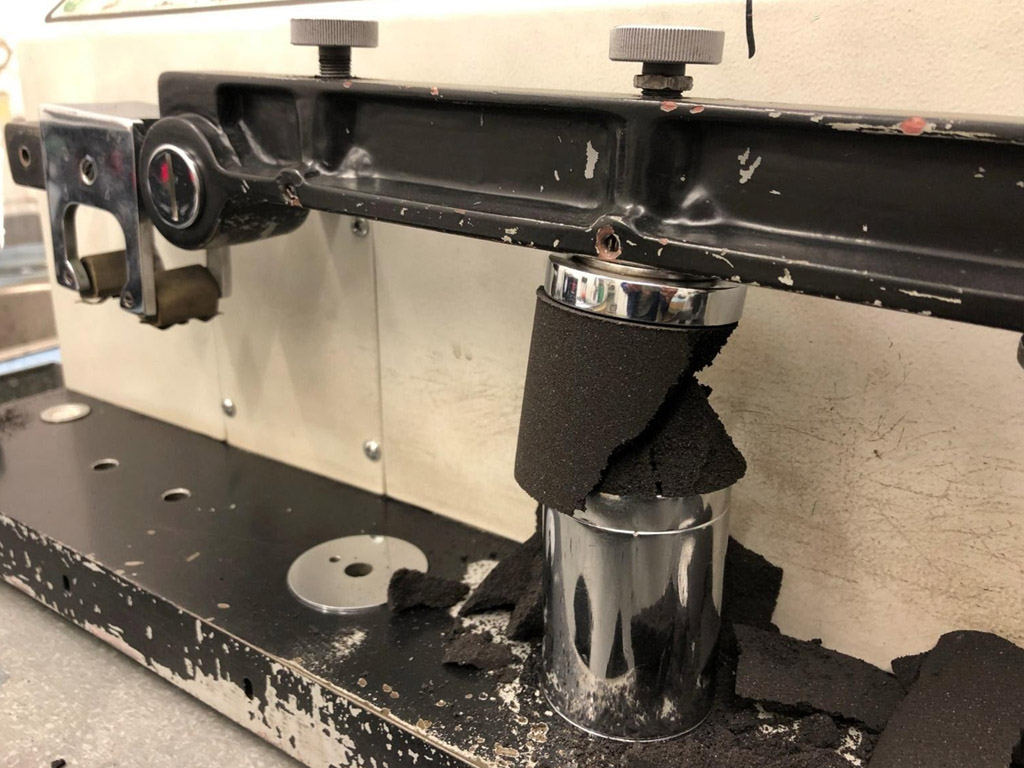The foundry of Seco Industries, s.r.o., which is a Czech company, boasts with more than a century of tradition in the production of ductile and gray cast iron castings. Ductile iron castings are cast in sand molds. The gray iron foundry is focused on the production of cylinder liners for diesel engines. They are centrifugally cast into shell linings. The technologies of metal melting and subsequent casting are completely independent of each other in both operations, as well as in the entire process of cooling, finishing, final inspection and subsequent dispatch.
Currently, our foundry produces castings for major multinational companies operating worldwide. The foundry produces small castings, used in the automotive field. They are designed for compressors and camshafts of internal combustion engines. We produce castings for large-scale production of simple and complicated shapes in the weight category of 0.1 to 3 kg. We have a separate division for the production of cylinder liners.
- automotive industry
- railway industry
- construction
- agricultural machinery
- other sectors




